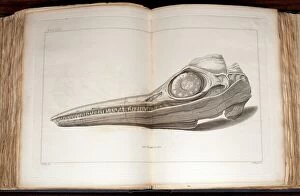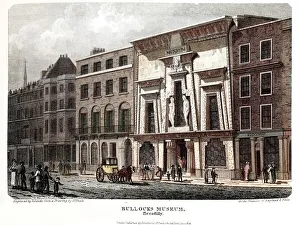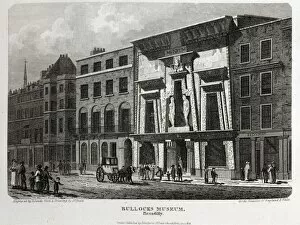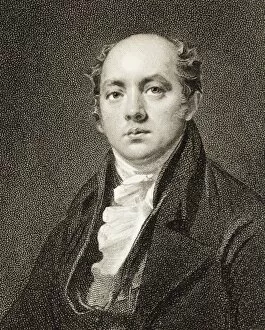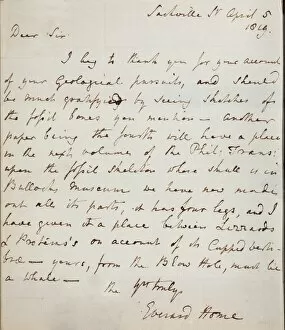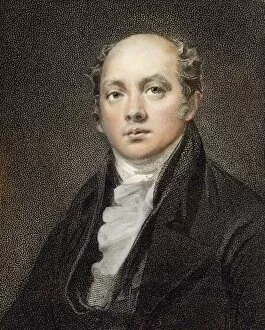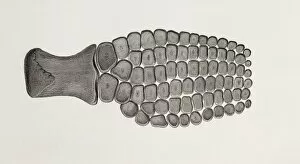Everard Home Collection
"Unveiling the Legacy of Everard Home: Pioneering Discoveries in Natural Science" Step into the world of Sir Everard Home
All Professionally Made to Order for Quick Shipping
"Unveiling the Legacy of Everard Home: Pioneering Discoveries in Natural Science" Step into the world of Sir Everard Home, a prominent figure in the realm of natural science during the early 19th century. His contributions to paleontology and anatomical research have left an indelible mark on our understanding of prehistoric life. In 1814, Mary Anning unearthed the first-ever complete ichthyosaur skull, a groundbreaking find that captivated scientists worldwide. It was under Home's meticulous study and analysis that this ancient marine reptile received its name – ichthyosaur – forever etching his name alongside this remarkable creature. Home's insatiable curiosity led him to amass an impressive collection of curiosities and fossils for Bullocks Museum in 1816. This treasure trove showcased nature's wonders, captivating visitors with awe-inspiring exhibits that included two-headed creatures from distant lands and rare specimens like woolly rhino skulls. A contemporary portrait depicts Sir Everard Home as a distinguished gentleman immersed in his passion for natural sciences. With furrowed brows and intense focus, he dedicated countless hours unraveling mysteries hidden within fossils and anatomical structures. His expertise extended beyond mere observation; Home actively engaged with fellow scientists through letters detailing his findings. In one such letter dated 1819, he shared invaluable insights about icthyosaurs, shedding light on their unique features and evolutionary significance. Amongst his prized possessions were cupped ichthyosaur vertebrae - delicate remnants preserved over millions of years. These precious artifacts provided crucial clues about these ancient sea-dwelling creatures' anatomy while fueling further scientific inquiry. Everard Home's unwavering commitment to advancing knowledge is evident not only through his discoveries but also through his iconic portraits capturing him surrounded by natural wonders. These images serve as testaments to a man who dedicated himself wholeheartedly to unraveling Earth's secrets.

